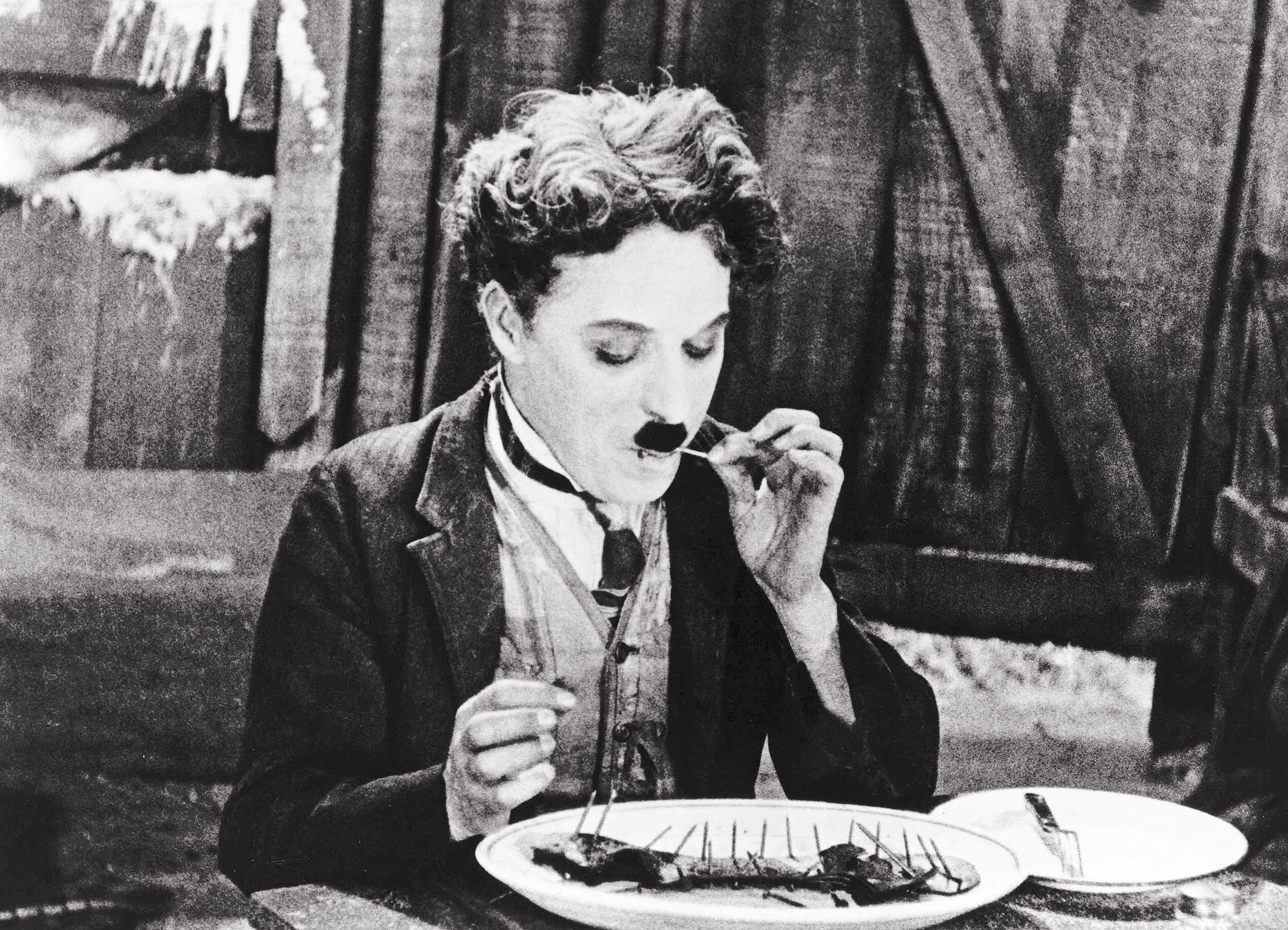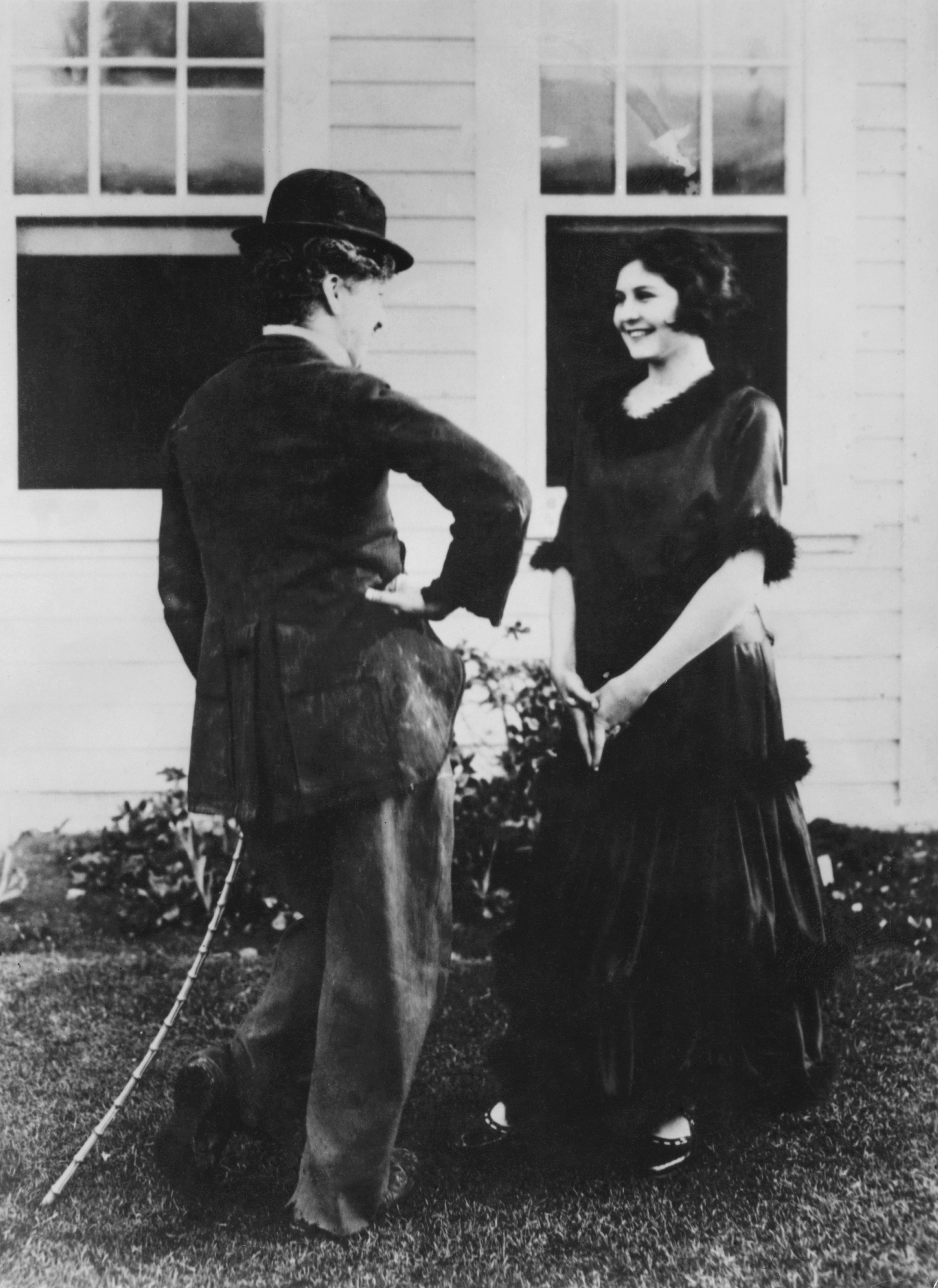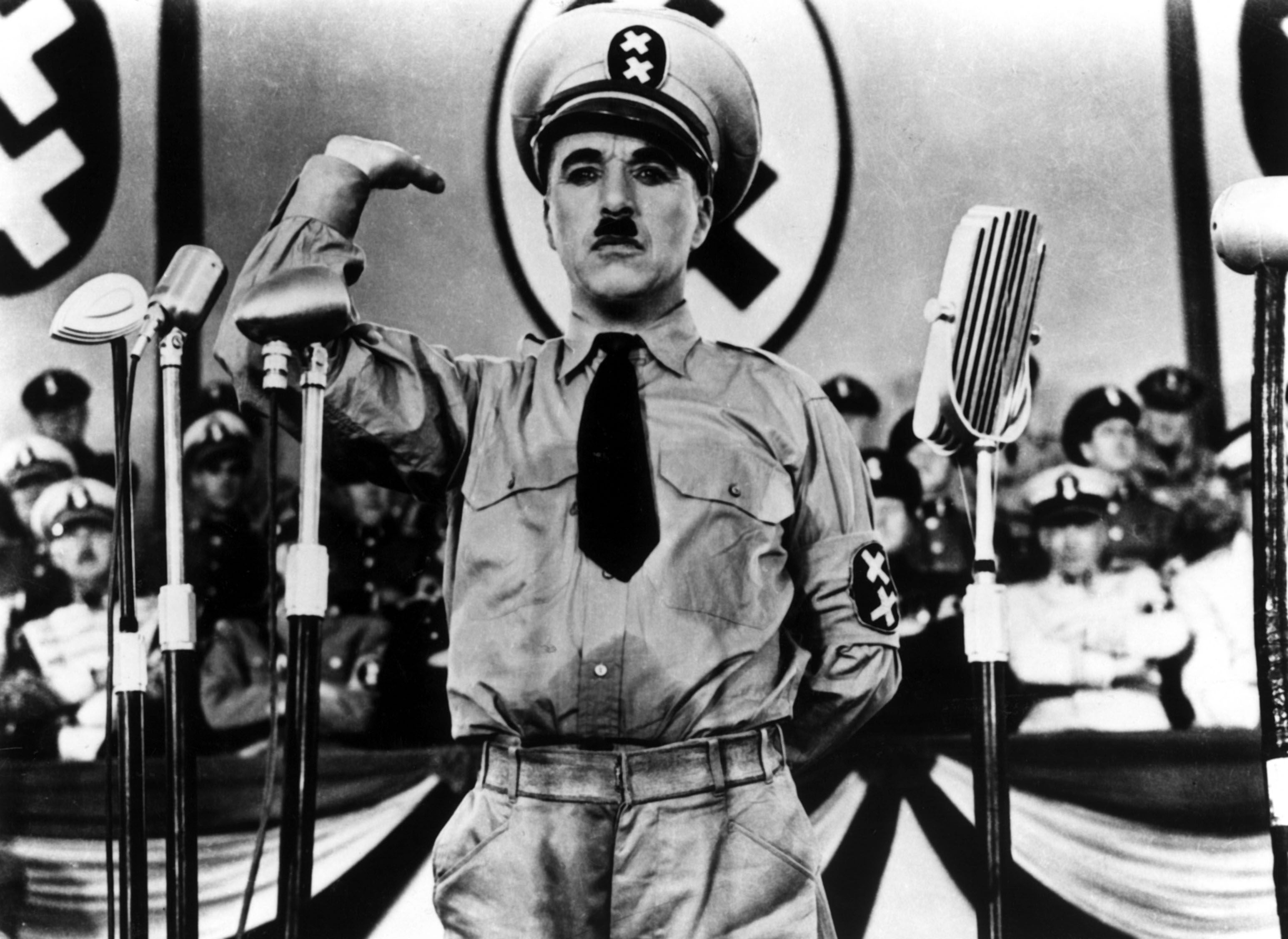Callous, exploitative, predatory: The dark side of Charlie Chaplin
With a new documentary, ‘The Real Charlie Chaplin’, premiering this week at London Film Festival and the centenary of Chaplin’s feature-length directorial debut, ‘The Kid’, this year, Geoffrey Macnab looks back over the slapstick star’s disturbing personal life but says his genius endures

He was a little man with large feet and a small moustache or, at least, that was how he appeared on screen. One hundred years ago, after making more than 60 other movies, Charlie Chaplin directed his first full-length feature film, The Kid (1921). By then, he was already among the most recognisable and best-loved figures in the world. “I am known in parts of the world by people who have never heard of Jesus Christ,” he used to boast.
Now, Chaplin is coming back into focus. A new feature documentary, The Real Charlie Chaplin, from directors Peter Middleton and James Spinney, premieres at the London Film Festival this week. Chaplin’s work is yet again being revived in cinemas worldwide too. Classics such as The Kid, Modern Times (1936), The Gold Rush (1925) and The Great Dictator (1940) have been remastered in 4K by distributors Pieces of Magic and MK2 and will soon be re-released.
It’s an opportunity for a new generation to discover him. From our vantage point today, though, there are difficult aspects about the bowler-hatted comedian. His private life has its darker recesses. In particular, his relationship with women is disturbing, especially when viewed through the prism of #MeToo. He was obsessed with very young girls.
Lillita MacMurray, who was known for most of her life as Lita Grey, was one such victim. She played the “flirtatious angel” who hits on Chaplin in The Kid – a queasy moment in one of Chaplin’s greatest, most enduring films. She was 12 at the time.
In a strange sequence at the end of the movie, Chaplin’s tramp, slumped in a doorway, falls asleep and enters “Dreamland”. Suddenly, the familiar tenement streets are festooned with flowers and thronged with angels. Even hard-bitten cops and stray dogs sprout wings. The tramp seems to be in paradise but then “sin creeps in”. He is accosted by a young, innocent-looking nymph (Lita Grey) who tries to “vamp” him. He can’t stop himself pursuing her and gets into a brawl with her boyfriend.
The comedian became fixated with the young actor. By then, he had just been through a messy and acrimonious divorce from his first wife, Mildred Harris, who was 16 when they got married in 1918. They had a child in July 1919, who died three days after he was born. In the divorce proceedings, Harris accused Chaplin of mental cruelty.
The comedian later married Grey, in 1924, and she made similar allegations about him after they split up three years later. In the mid-Sixties, Grey wrote a sensationalist autobiography, My Life with Chaplin; an intimate memoir. This, as its cover trumpeted, was “the story Charlie didn’t tell!”. And “the shockingly candid account of a marriage that became one of the most infamous scandals of all time”.
The book describes how Chaplin became obsessed with Grey on the set of The Kid. “You’re an extremely pretty child, my dear,” she remembers him saying to her. Chaplin told her she reminded him of the “girl in The Age of Innocence painting” and commissioned a portrait of her. “I’ve been looking at you, my dear, when you haven’t been looking. I’ve been more and more drawn to those fascinating eyes of yours…they make you seem very mysterious.’”
Her mother was worried by his behaviour but Chaplin reassured her that he was not “in the habit of seducing 12-year-old girls”.
Three years later, though, when she was 15, he did seduce Grey. She auditioned for The Gold Rush and was given the leading role. As David Robinson points out in his biography of Chaplin, “every newspaper report said that Lita was 19”. In fact, she was still a minor. That didn’t stop Chaplin from starting an affair with her. She became pregnant.

Chaplin wanted her to have an abortion. He offered her money to marry someone else. In the end, extremely reluctantly, the comedian made Grey his second wife.
Grey’s account of their short-lived marriage was written years after the event. It was designed to sell copies and cause Chaplin maximum embarrassment. Nonetheless, Chaplin’s treatment of her emerges as both callous and exploitative and it could easily have landed him in prison. In California at the time, “for a man to have relations with an underage girl constituted, de facto, rape, carrying penalties of up to 30 years in jail”, Robinson writes in his Chaplin biography.
The new documentary The Real Charlie Chaplin covers Chaplin’s relationship with Grey in frank and painful detail. The filmmakers have found TV interviews with her in which she tries hard to give her side of the story. The public, though, was seemingly far more interested in the financial details of her subsequent divorce from Chaplin than in her suffering. She received a then-record pay-off when they split up.
The media portrayed Grey as a manipulative and scheming teenage girl when, in fact, she was the victim of a predatory older man. It’s a sad and squalid episode in Chaplin’s career but his popularity wasn’t then affected. Only 20 years later, when had an affair in 1941, with another young actress, Joan Barry, 22, would Chaplin, then aged 52, finally fall from grace. It was as much because of the FBI’s suspicion of his communist sympathies as it was a result of his callous treatment of the younger women in his life.
In spite of its title, The Real Charlie Chaplin doesn’t get us any closer to the essence of its subject than previous biographies and films about him. The working-class south Londoner remains an intensely private and paradoxical figure. The filmmakers describe him as “a nobody who belongs to everybody”. They explore the strange parallels between Chaplin and Hitler (“both mesmeric performers”), born a few days apart, who had a similar taste in moustaches and who became pitted against one another.

The Nazis hated Chaplin, banned his movies and labelled him as “a disgusting Jew acrobat”. Chaplin responded by ridiculing Hitler in his bravest film, The Great Dictator (1940) in which he played both the fascist leader Adenoid Hynkel and a Jewish barber from the ghetto.
In his silent movies, in his role as the “tramp”, Chaplin was accessible to every culture in the world. He was a subversive and lovable figure – the little man as hero. His films were tender-hearted, ingenious and very funny. He stood up against authority on screen but could be an authoritarian off it. He became immensely wealthy by playing a penniless hobo. His comedies railed against the cruelty of establishment figures – cops, bosses, judges – and yet he was a martinet himself who sometimes treated collaborators in brutal fashion.
The documentary chronicles the many, many months he spent trying to film a single pivotal sequence in his 1931 feature, City Lights, involving a blind female flower seller mistaking the tramp for a millionaire. He drove his collaborators to distraction with his obsessive perfectionism.
What does Chaplin mean to audiences today? The comedian’s status has been shifting subtly over the last 20 or 30 years. He was once the most popular film star in the world but now he has begun to turn into a symbol of high culture. When his films are revived, they tend to be shown in concert halls with orchestral accompaniment or at festivals like Cannes and Berlin. They are released by art house distributors rather than by the big mainstream studios. Film critics and other filmmakers revere him but Chaplin has slowly grown apart from a general audience. His work is no longer easily accessible on TV for kids to discover.
The comedian’s blend of laughter and extreme pathos certainly didn’t appeal to filmgoers in the UK during the Thatcherite 1980s and 1990s. “I don’t know any race in the world that are more cynical than the English and if you’re cynical, you can’t like Charlie. If you’re cynical, then he’s hopeless... he’s just unbearably sentimental,” commented film critic David Robinson about how Chaplin’s work had fallen out of fashion.

Arguably, that cynicism has lifted. Members of a younger, more idealistic generation, concerned about environmental and political injustice, ought to be far more open to Chaplin’s work than their jaded parents were 20 or 30 years ago. In an era of war, forced mass immigration, inequality and poverty, his movies should have a new topicality. However, the Lambeth boy is also likely to face another, posthumous reckoning over his treatment of all those younger women. It’s hard to reach any conclusion other than that he groomed and exploited Grey. If movie stars were caught behaving in the same way today, their careers would implode immediately. They would be “cancelled” forthwith.
Chaplin was a victim himself: someone who had a traumatic and impoverished childhood. He was separated from his mentally unstable mother in just as brutal a way as the boy played by Jackie Coogan in The Kid. He begged on the streets. Years later, even as he accumulated vast wealth, he remained terrified that everything would be taken away from him. He was an insecure and temperamental figure with a troubled private life.
Watch his films and all of that recedes very quickly into the background. His genius endures. No one else in cinema history has ever had his knack for eliciting both laughter and tears. He shows such humanity and humour on screen that it seems all the more mysterious he could behave so abominably off it.
‘The Real Charlie Chaplin’ screens Friday 15 October at London Film Festival






Join our commenting forum
Join thought-provoking conversations, follow other Independent readers and see their replies
Comments